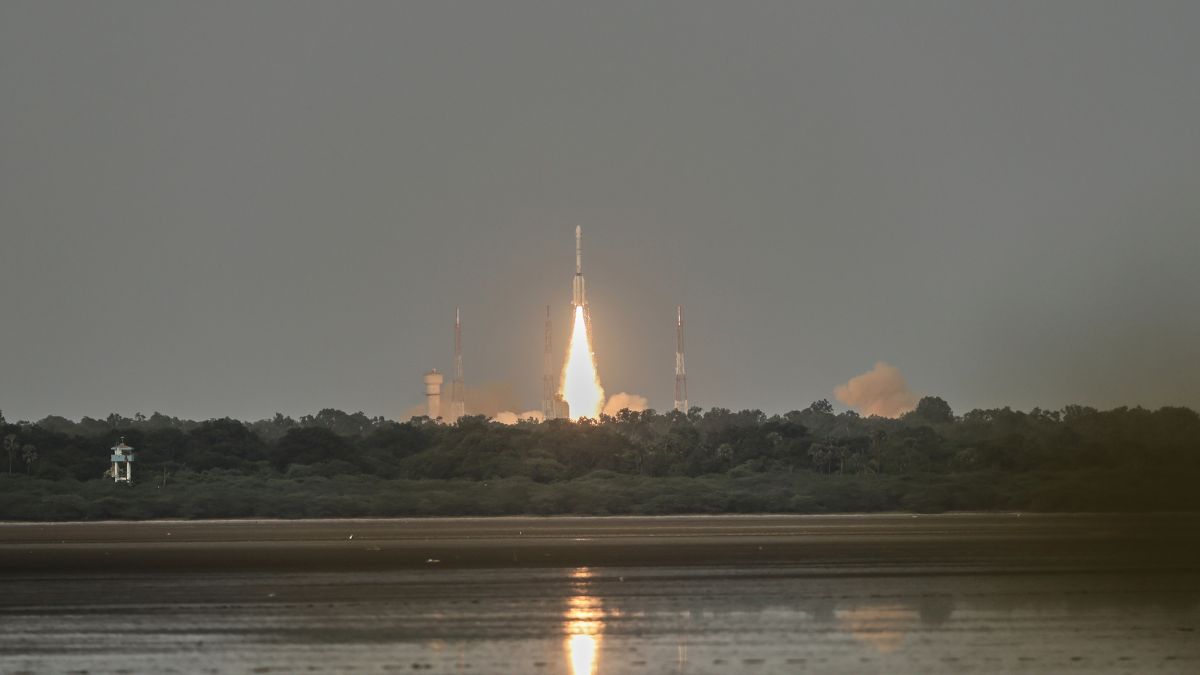NISAR satellite lifts off: Sriharikota launch kicks off historic India-US space collaboration

The NASA-ISRO Synthetic Aperture Radar (NISAR) was launched on Wednesday, flagging off a historic collaboration between the Indian and American space agencies.
NISAR, which is the first joint satellite between the two nations, was launched from the Satish Dhawan Space Centre in Sriharikota, Andhra Pradesh.
Weighing about 2,393kg, and with a lifespan of about 5 years, NISAR was launched using ISRO's GSLV-F16 rocket, which was scheduled to place the satellite into a 743-kilometre sun-synchronous orbit, almost 20 minutes after lift-off.
ALSO READ | India’s NISAR takes flight on July 30: What we know so far about the groundbreaking space mission
NASA has explained that NISAR—the first of its kind in space—was designed to provide a "detailed view of the Earth", so as to observe and measure certain complex processes on the planet, by monitoring changes on the planet's surface: even those as small as a centimetre.
The satellite, equipped with dual-frequency radar, will produce high-resolution, all-weather, day-and-night data every 12 days
Ecosystem disturbances, ice-sheet collapse, natural hazards, sea level rise, and groundwater issues are some processes set to be studied in further detail.
ALSO READ | Why ISRO chose GSLV for NISAR mission despite the launch vehicle's poor track record?
The launch of the NISAR satellite forms one part of a four-phase mission. The remaining phases are the deployment phase, commissioning phase and science phase, ISRO had announced in an X post.
ISRO chairman Dr V. Narayanan expressed pride at the satellite launch, calling it a "life-saving satellite" and a symbol of India's rising leadership in the field of space exploration.
"This is going to be yet another great day for India ... There's a saying-strength only respects strength," he declared, as per an NDTV report.
Sci/Tech